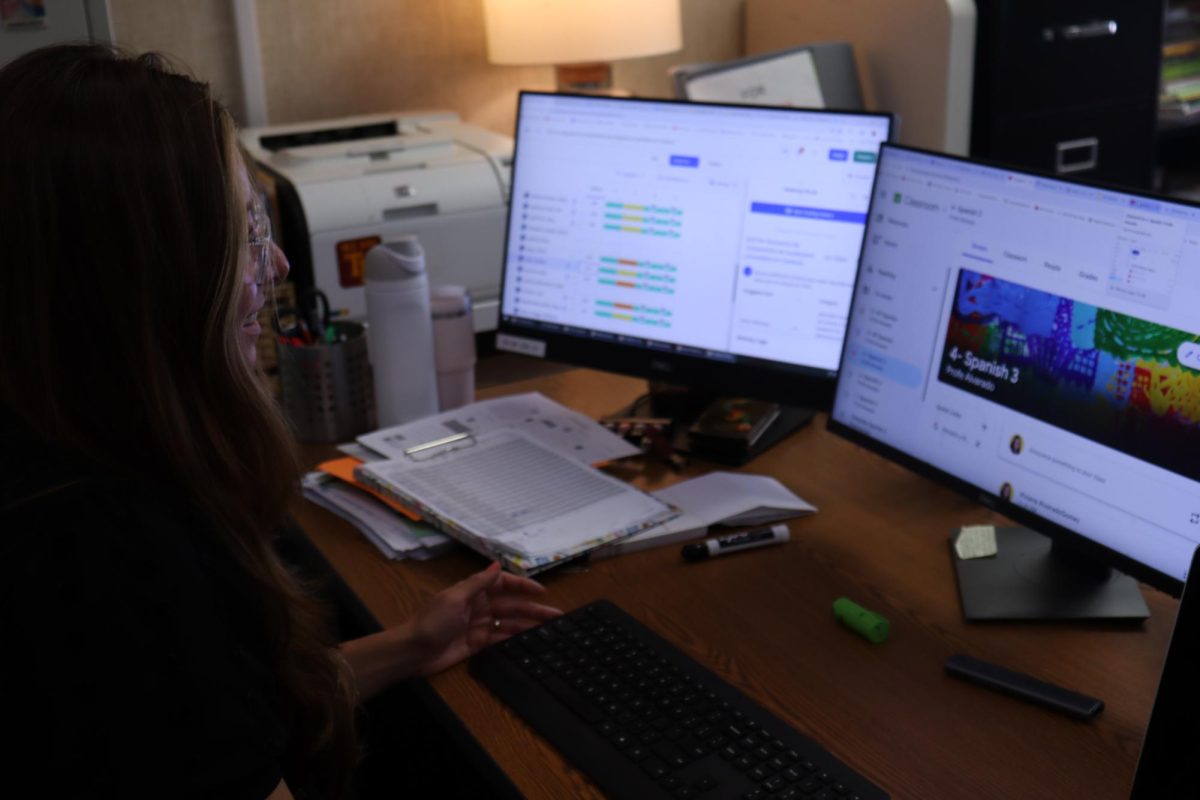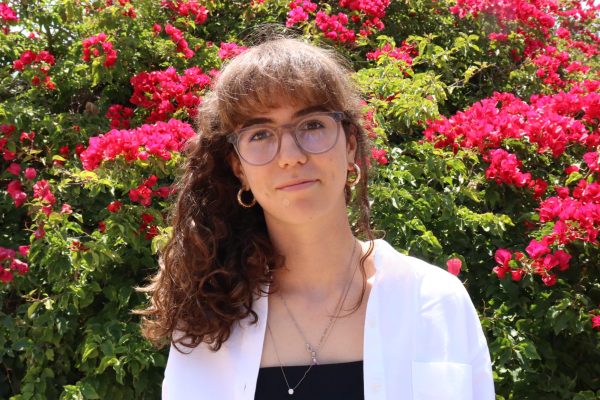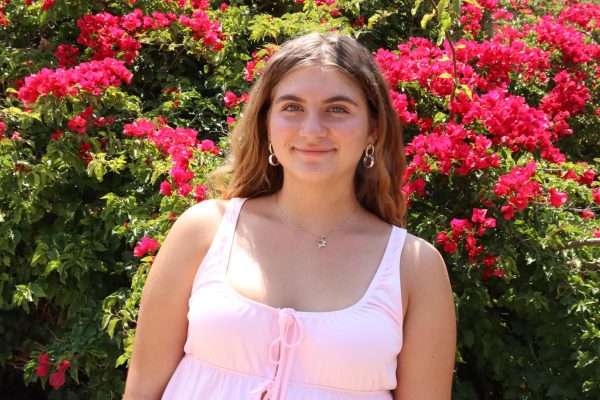From French to Korean, Arabic to Chinese, each vibrant language spoken on campus is a reflection of our world’s diversity.
Although one of the most prominent languages spoken at the school is Spanish — native to 206 students — there is little priority for native speakers to develop their Spanish language skills on campus. As a school, we need to have Spanish classes for Spanish-speaking students to allow them to further connect with their culture, be challenged and receive the Seal of Biliteracy.
A Spanish-speaking class for native speakers allows students to improve their conversational skills and fluency, while also fostering a space for Hispanic students to learn more about their culture. When students feel seen in school curriculum, it gives them a sense of belonging. Without a specific course for this, the feeling of inclusion is lost for a large demographic of the student body.
Siena Geringer (10), a native Spanish-speaker of Argentine descent, felt a strong connection to her cultural identity by taking language classes. In daily life, Geringer converses with her family and friends in Spanish. This bond was amplified as she indulged in not only her own cultural topics, but also those of nations beyond her ancestry. Despite the cultural benefits she experienced in Spanish classes, Geringer felt a lapse in her education at times, bored by basic topics she’d known since infancy.
“There should be a separate class just for fluent Spanish speakers so that it would create a better community, as well as [teach] more advanced topics and skills and [offer] a place where [native Spanish speaking] kids can really practice what they know,” Geringer said.
For many native Spanish speakers, Spanish 4 is not challenging enough, as it repeats similar topics in Spanish 3. The only major difference is that Spanish is the only language spoken during class time in Spanish 4.
“Most [non-native Spanish speaking] kids will never take a Spanish class again in their [lives], or forget everything,” Geringer said. “So, it’s not as meaningful to them as it is for people who have [Spanish-speaking] family members.”
Without the haven of a fluent-speaker Spanish class, native-speaker students lose intrinsic motivation and interest towards their language development, which in turn furthers their cultural isolation.
Students should be able to earn the Seal of Biliteracy, an award that one’s school, district or state gives to recognize students who have achieved proficiency in two or more languages before graduating high school. To receive a Seal of Biliteracy, students must take a minimum of or equivalent to four years of a language class. While students can directly test for their Seal of Biliteracy, fluency does not equate to grammatical knowledge; specific grammar rules such as imperfect versus perfect tenses, accent placements and sentence structures are all test topics that native speakers do not learn through exposure and imitation, but rather through formal study. While one can receive this certificate by taking regular Spanish classes, fluent students who are bumped out of higher-level classes due to high demand end up having to take lower-level classes that drag out the process. These students should not waste their time and potential on lower-level courses just to fulfill this diploma seal.
A native-speaker course should equate to the seal, which is a gateway to numerous prospective opportunities: it is recognized by colleges, establishes a strong job candidacy and demonstrates a commitment to learning and overcoming educational challenges. According to EducationWeek, “case studies from over the years suggest that Seals of Biliteracy offer a symbolic and personal benefit to students. In particular, it can help English learners and heritage speakers feel more validated in their multilingual identities.” Biliteracy is a skill crucial beyond interpersonal means, and native speakers should have this achievement evident in their academic and professional repertoires.
“Spanish is, in my opinion, one of the most important classes that you can take, because it’s something that you will always use in the future,” Viviana Alvarado, Spanish 4 and AP Spanish Culture and Language teacher, said. “If students are bilingual, it’s always going to be beneficial. If they become dentists, they’re going to use [Spanish]; if they are doctors, they’re going to use it. In any field, right? So [being bilingual is] a real-life skill.”
Regular Spanish classes are highly dependent on fluent students who can assist their peers, ignite conversation and stimulate skills that learners are developing, so establishing a native-speaker class may sever this crucial connection and learning opportunity between the two parties. Fluent students should not serve as teachers, though, as — despite having extensive conversational skills — they are often lacking in grammatical knowledge as they further rely on their native-speaker instincts. Their elevated abilities can also overpower and overshadow those of their classmates, harming the learning process of non-native speakers as well.
“Ideally, it would be great to have a Spanish for Spanish speakers at the high school level with multiple classes, like a 1 and 2 Spanish for Spanish speakers and a 3 and 4 Spanish for Spanish speakers,” Junior Villegas, Spanish 2 and Spanish 3 teacher, said.
A Spanish 1 and 2 for Spanish speakers would allow native speakers to learn 2 years’ worth of Spanish in one school year, similar to the class structure and pace of Math 2 and 3 Honors. They would be able to review important grammar concepts and cultural topics at a pace that not only works for them, but also for their schedule. A Spanish 3/4 class would be most beneficial to intermediate and advanced native speakers to learn advanced grammar, vocabulary, culture and history of Spanish-speaking countries and people.
Some may argue that the school lacks the resources to accommodate such a class, whether due to an absence of teacher readiness, insufficient funding, or limited available classrooms. However, the Spanish language educators at our school are credentialed in Spanish teaching regardless of difficulty level, and many of them — including Villegas and Alvarado — are native Spanish speakers themselves, possessing the fluency necessary to lead native speaker classes. Funds could be raised by campaigning for the importance of such a class. The issue of classroom availability is easily addressed, as Spanish teachers could simply use their existing rooms to accommodate their fluent students.
Spanish-speaking students perpetually waste their educational opportunities and development due to a system that does not prioritize their unique needs; without an environment designed for academic growth, students cannot fully flourish. Our school must address this pressing matter for the benefit of its student body, both Spanish-speaking and non-Spanish-speaking.











